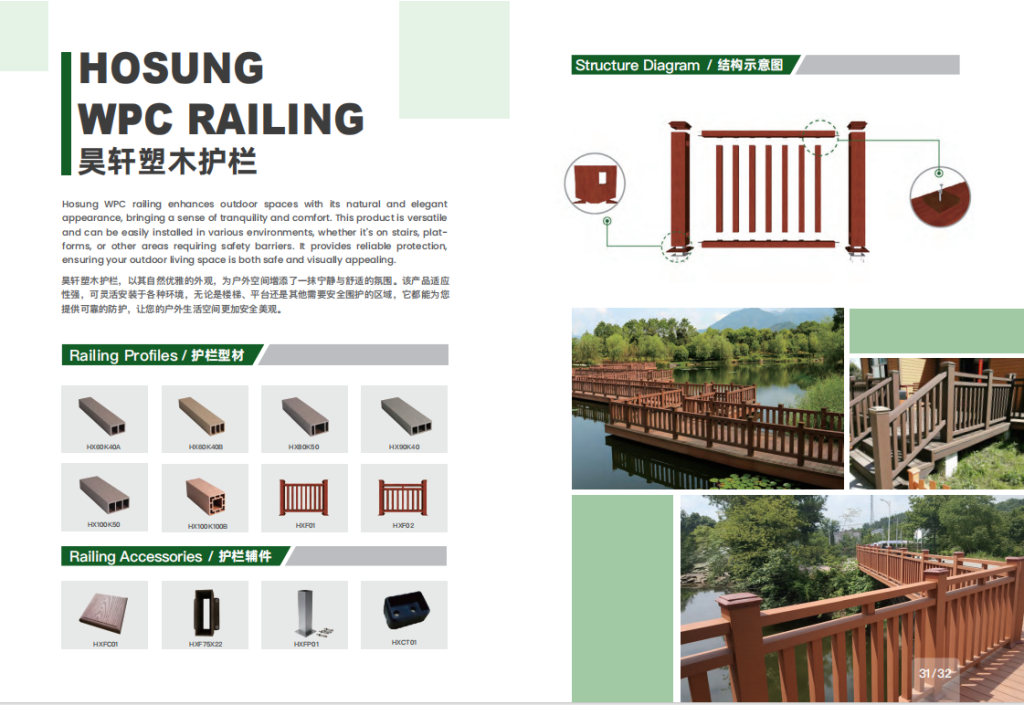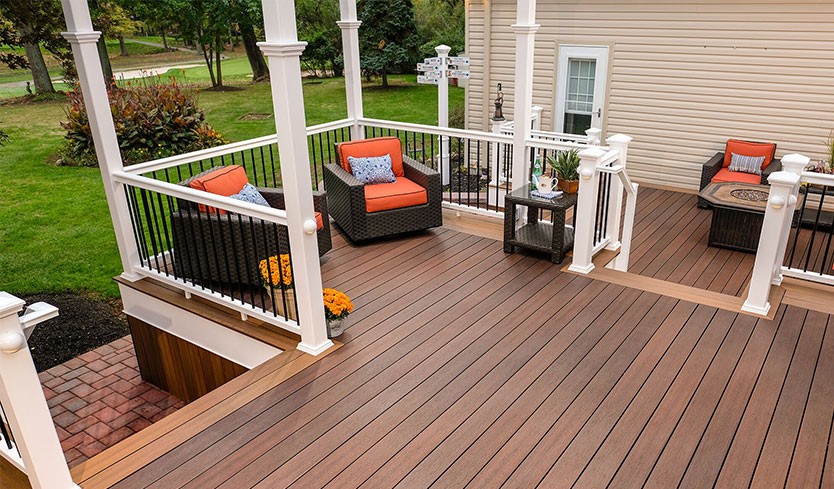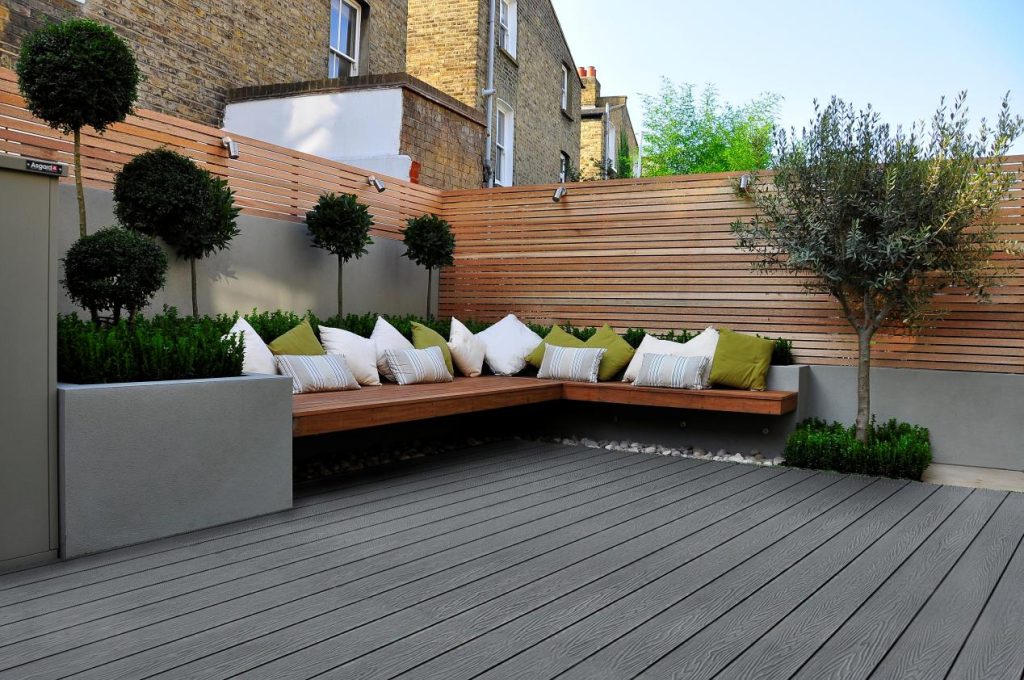In the modern world of home improvement and landscape design, fencing plays a critical role in both aesthetics and functionality. Among the various fencing options available today, horizontal composite fencing has emerged as one of the most popular choices for homeowners, contractors, and architects alike. Combining durability, low maintenance, and a contemporary appearance, horizontal composite fencing offers a versatile solution that meets both practical and design-oriented needs.
Table of Contents
What is Horizontal Composite Fencing?
At its core, horizontal composite fencing refers to fencing systems that use composite materials arranged in a horizontal orientation. Unlike traditional vertical fences, which rely on upright boards or pickets, horizontal fences feature slats or panels that run parallel to the ground. This orientation not only offers a modern and sleek appearance but also allows for flexible spacing between boards, enabling both open and private designs.
Composite fencing, in general, is made from a blend of wood fibers and recycled plastic, sometimes enhanced with additional polymers for improved strength and longevity. The result is a material that combines the aesthetic appeal of natural wood with the durability and low maintenance of synthetic materials. When used in horizontal fencing, these composite boards or panels create a striking visual effect while providing all the functional benefits homeowners expect.
Key components of horizontal composite fencing include:
Horizontal composite fence boards: The main visible component, typically made from a mix of recycled wood fibers and high-density polyethylene (HDPE) or other durable plastics.
Composite horizontal fence panels: Pre-assembled panels consisting of multiple horizontal boards attached to a frame for easy installation.
Posts and rails: Usually made from composite material, metal, or treated wood, these provide structural support for the horizontal boards.
Fasteners and clips: Specialized hardware ensures the boards stay securely in place while maintaining a clean, modern look.
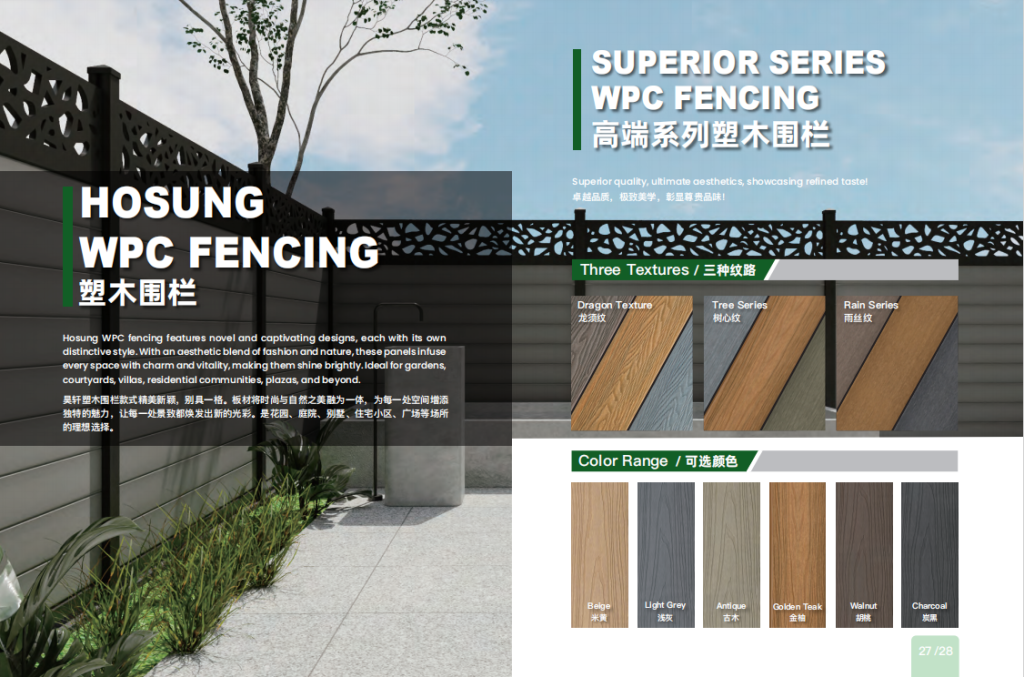
Benefits of Horizontal Composite Fencing
Choosing horizontal composite fencing offers a variety of benefits over traditional wood, vinyl, or metal fences. Let’s explore the main advantages:
1. Low Maintenance
One of the standout benefits of composite fencing is its minimal maintenance requirements. Unlike traditional wood fences, which require regular staining, painting, or sealing to prevent rot and decay, composite materials resist moisture, insects, and UV damage. Horizontal composite fence boards retain their appearance for years without the need for constant upkeep, making them an ideal choice for busy homeowners.
2. Durability and Longevity
Composite materials are engineered for strength and longevity. They are resistant to warping, splitting, and cracking, even in harsh weather conditions. With proper installation, horizontal composite fence panels can last 25 years or more, significantly outlasting untreated wood fences. The combination of plastic and wood fibers also provides added flexibility, reducing the risk of breakage under stress.
3. Aesthetic Appeal
Horizontal fencing naturally offers a modern, contemporary look. The clean lines of horizontal composite fence boards create a minimalist design that complements various architectural styles. Additionally, composite materials come in a wide range of colors, textures, and finishes, including woodgrain patterns, allowing homeowners to achieve the look of real wood without the associated maintenance challenges.
4. Privacy and Security
Horizontal composite fencing can be customized to provide varying levels of privacy. By adjusting the spacing between boards, you can create a fence that is fully opaque or slightly open, allowing light and airflow while maintaining security. The solid construction of composite boards also provides strong physical barriers, enhancing safety for children, pets, and property boundaries.
5. Eco-Friendly Option
Many composite fencing products are made from recycled materials, including reclaimed wood fibers and recycled plastics. Choosing composite horizontal fence panels can contribute to sustainability efforts by reducing the demand for virgin wood and preventing plastic waste from ending up in landfills. For environmentally conscious homeowners, this makes horizontal composite fencing a smart and responsible choice.
6. Resistance to Environmental Damage
Composite materials are engineered to withstand extreme weather conditions, including heavy rain, snow, and intense sunlight. Unlike traditional wood fences, which can rot, warp, or fade over time, horizontal composite fence boards maintain their structural integrity and appearance for decades. Additionally, these fences are resistant to termite damage and fungal growth, further extending their lifespan.
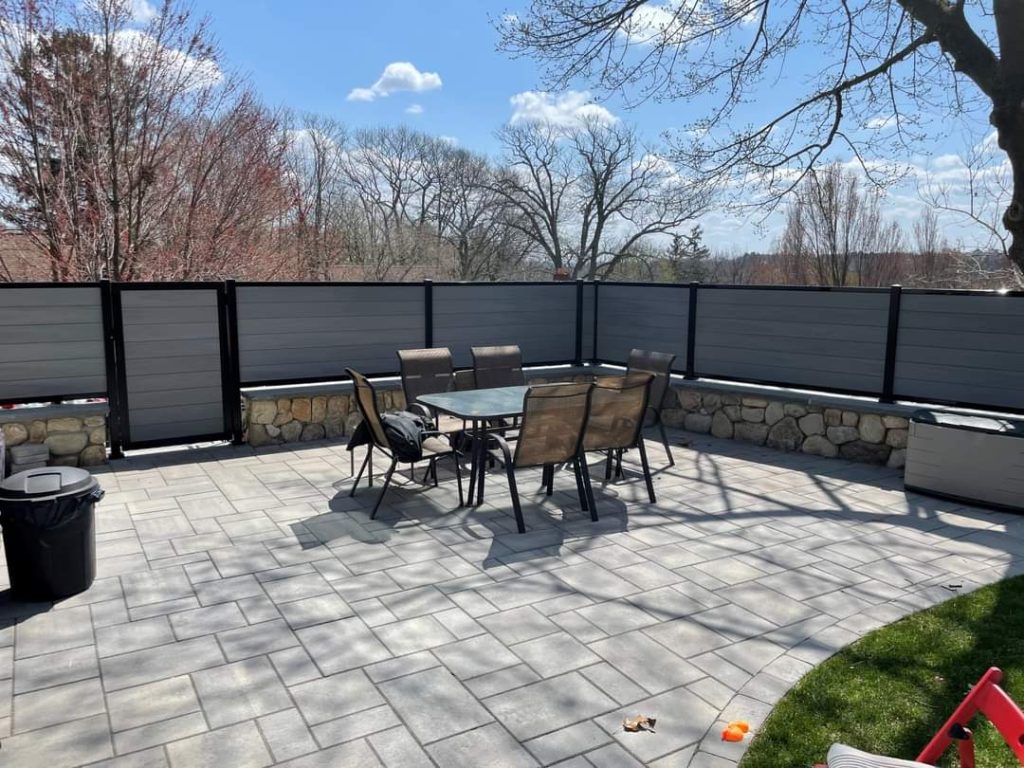
Design Options for Horizontal Composite Fencing
One of the reasons horizontal composite fencing is so popular is the wide range of design possibilities. By mixing board sizes, spacing, colors, and textures, homeowners can create a customized fence that perfectly fits their landscape.
1. Solid Horizontal Composite Fence Panels
For maximum privacy and security, solid horizontal composite fence panels are an excellent choice. These panels are closely spaced with no gaps, providing a clean, continuous appearance. Solid panels are ideal for backyards, pool enclosures, and urban areas where privacy is a top priority.
2. Spaced Horizontal Boards
Some homeowners prefer a more open design with slight gaps between horizontal composite fence boards. This style allows airflow and light to pass through while still creating a defined boundary. It can also create a visually appealing effect, adding depth and dimension to the fence.
3. Mixed Material Designs
Combining composite boards with other materials, such as metal or natural wood accents, can create unique, eye-catching fencing solutions. For example, using metal posts with horizontal composite boards can add contrast and modern flair, while wood trim can soften the overall appearance.
4. Multi-Color or Gradient Fencing
Advanced composite materials can be manufactured in a variety of colors and textures, allowing homeowners to incorporate gradient or multi-tone effects. Using different shades of horizontal composite fence boards can create a dynamic, visually striking fence that enhances curb appeal.
5. Integrated Lighting and Accessories
Horizontal composite fencing can also be adapted to include integrated lighting, planters, or decorative elements. LED lights installed along the top or between boards can provide both functional and aesthetic benefits, making the fence a standout feature in the landscape design.
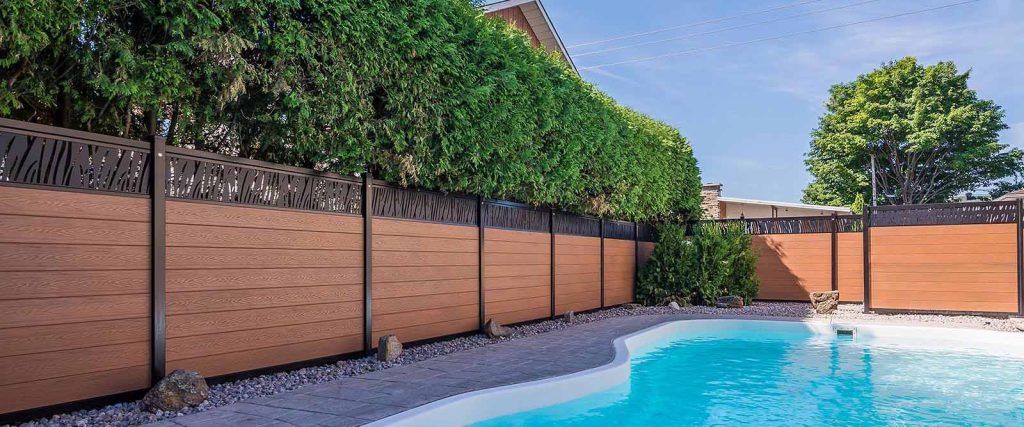
Installation of Horizontal Composite Fencing
Installing horizontal composite fencing is relatively straightforward, but proper planning and execution are key to ensuring a durable and visually appealing result. The main steps typically include:
Planning and Measurement: Determine the exact layout, including fence height, panel spacing, and property boundaries. Accurate measurements help avoid costly mistakes during installation.
Post Installation: Posts provide the main structural support for the fence. They should be set deep into the ground, typically in concrete, to ensure stability.
Rail Attachment: Horizontal rails are attached to the posts, creating a framework for the composite boards.
Board Installation: Horizontal composite fence boards or panels are then attached to the rails using specialized clips or screws. Boards should be evenly spaced for a clean, uniform appearance.
Finishing Touches: Caps, trim, or decorative elements can be added to complete the look. Regular inspection ensures the fence remains secure and intact over time.
Many manufacturers also offer pre-assembled composite horizontal fence panels, which simplify installation and reduce labor time. These panels can be mounted directly onto posts, making them ideal for DIY projects or professional installations alike.
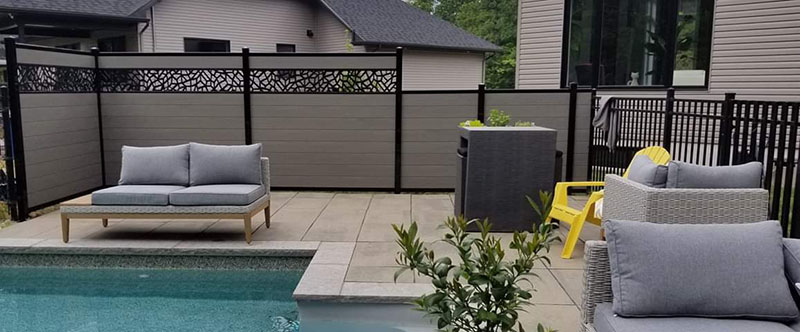
Maintenance Tips for Horizontal Composite Fencing
While horizontal composite fencing requires minimal maintenance, proper care ensures it remains attractive and functional for decades. Some key tips include:
Cleaning: Periodically wash the fence with mild soap and water to remove dirt, dust, or algae. Avoid harsh chemicals that could damage the composite material.
Inspecting: Check for loose boards or damaged fasteners and replace them as needed. This helps maintain structural integrity and appearance.
Avoiding Impact: Composite materials are durable, but heavy impacts or sharp objects can cause scratches or dents. Exercise caution during landscaping or outdoor activities.
Preventing Stains: Clean up spills promptly, and avoid prolonged contact with oils, paints, or chemicals that could discolor the boards.
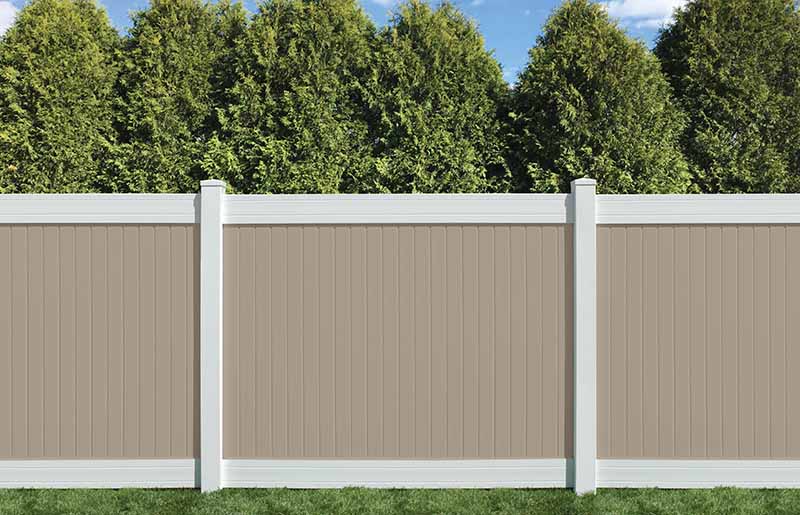
Cost Considerations
The cost of horizontal composite fencing can vary depending on factors such as fence height, board thickness, panel size, and installation complexity. While composite fencing is generally more expensive upfront than traditional wood, its longevity, low maintenance requirements, and aesthetic appeal often make it a more cost-effective option in the long run.
Other factors that can influence cost include:
Customization: Unique colors, textures, or mixed materials can increase the price.
Labor: Professional installation can add to costs, though pre-assembled panels reduce labor requirements.
Accessories: Decorative elements, lighting, and hardware may add extra expenses.
Horizontal Composite Fencing vs. Other Fencing Options
When considering horizontal composite fencing, it’s helpful to compare it with other popular fencing materials:
| Material | Longevity | Maintenance | Aesthetic | Cost |
|---|---|---|---|---|
| Wood | 10–15 years | High | Natural | Low |
| Vinyl | 20–25 years | Low | Clean, modern | Moderate |
| Metal | 25+ years | Moderate | Industrial, durable | High |
| Composite | 25–30+ years | Low | Modern, wood-like | Moderate–High |
As the table shows, horizontal composite fencing offers an excellent balance of durability, aesthetics, and low maintenance, making it a preferred choice for many homeowners.
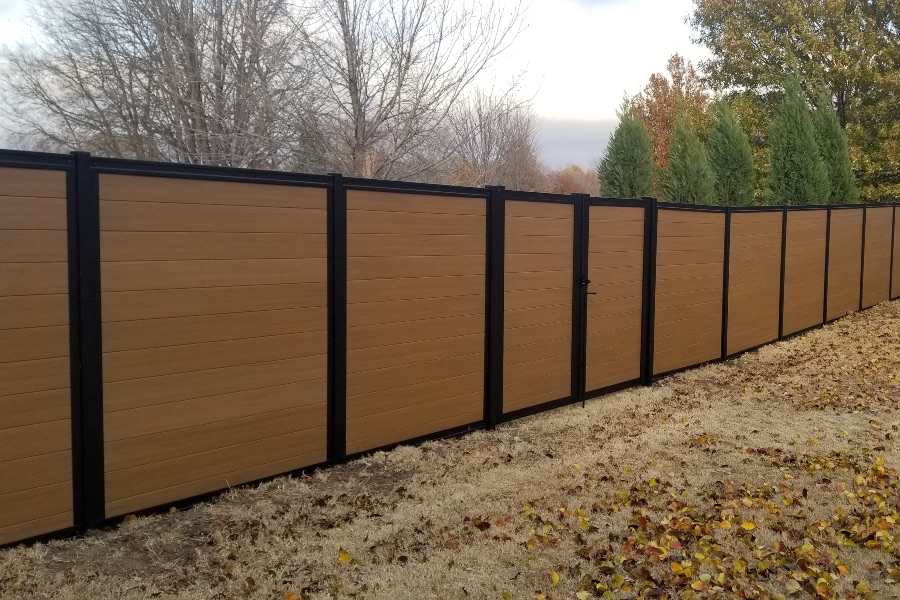
Conclusion
Horizontal composite fencing is a versatile, durable, and visually appealing option for modern fencing needs. With its combination of low maintenance, long lifespan, and customizable design, it provides homeowners with both functional and aesthetic benefits. From horizontal composite fence boards to pre-assembled composite horizontal fence panels, there are numerous solutions to fit any property, style, and budget.
Whether you are seeking maximum privacy, an open-air design, or a contemporary accent to your landscape, horizontal composite fencing can deliver the performance and appearance you desire. By investing in quality materials, proper installation, and basic maintenance, your horizontal composite fencing can remain a standout feature of your property for decades to come.
Want to get price of these horizontal composite fencing? Welcome to contact Hosung!

